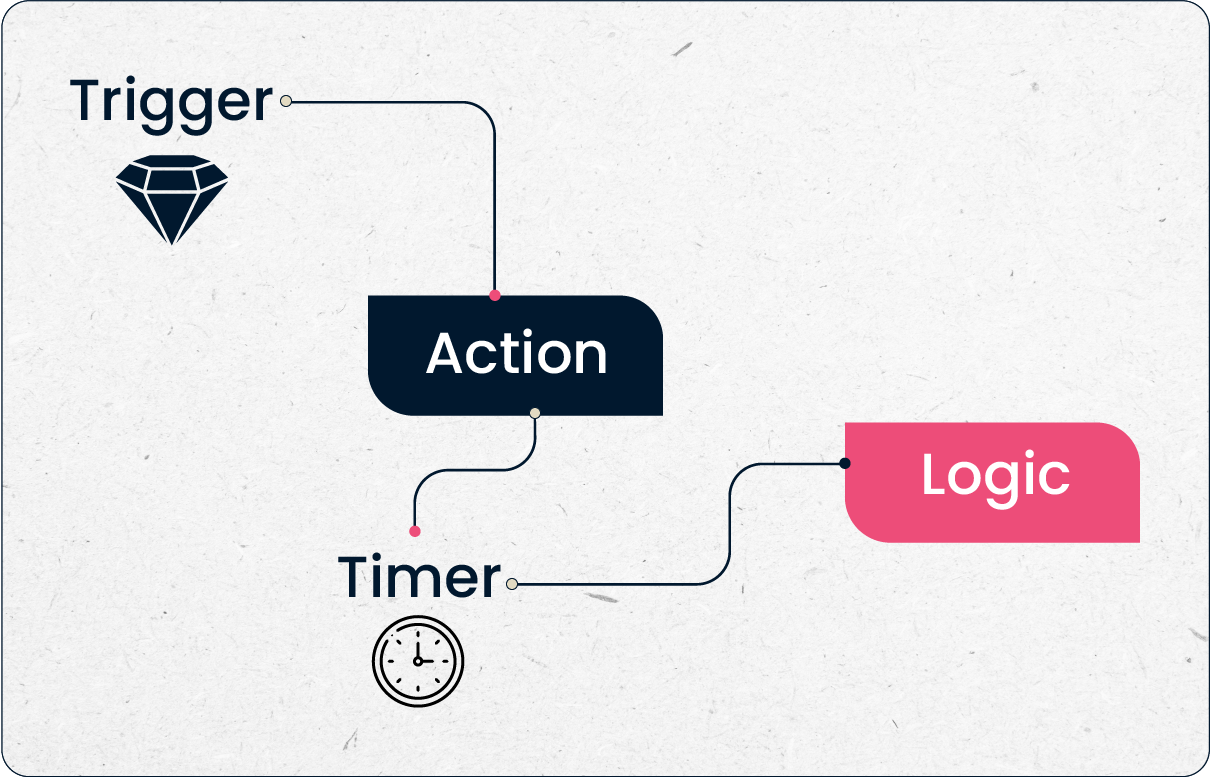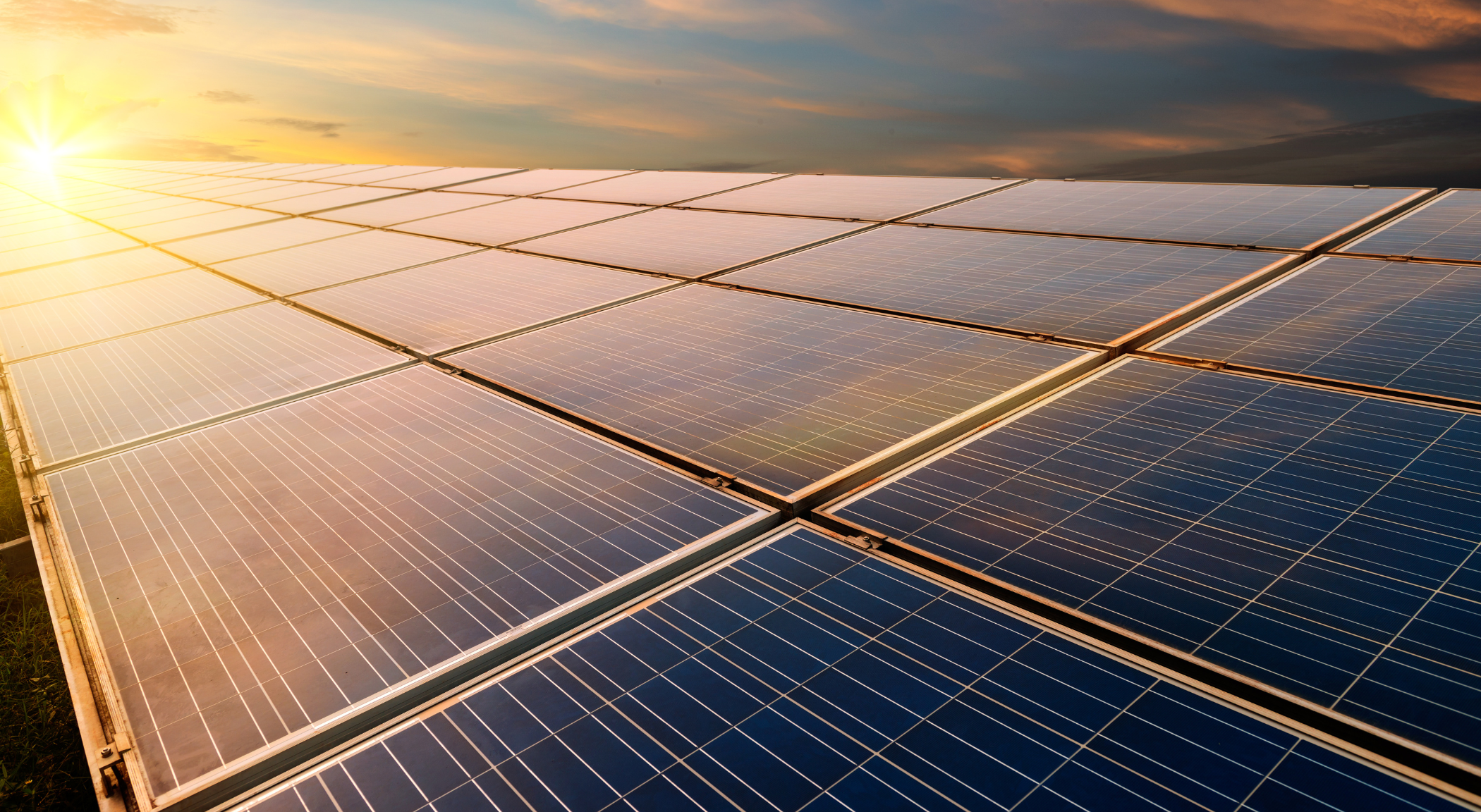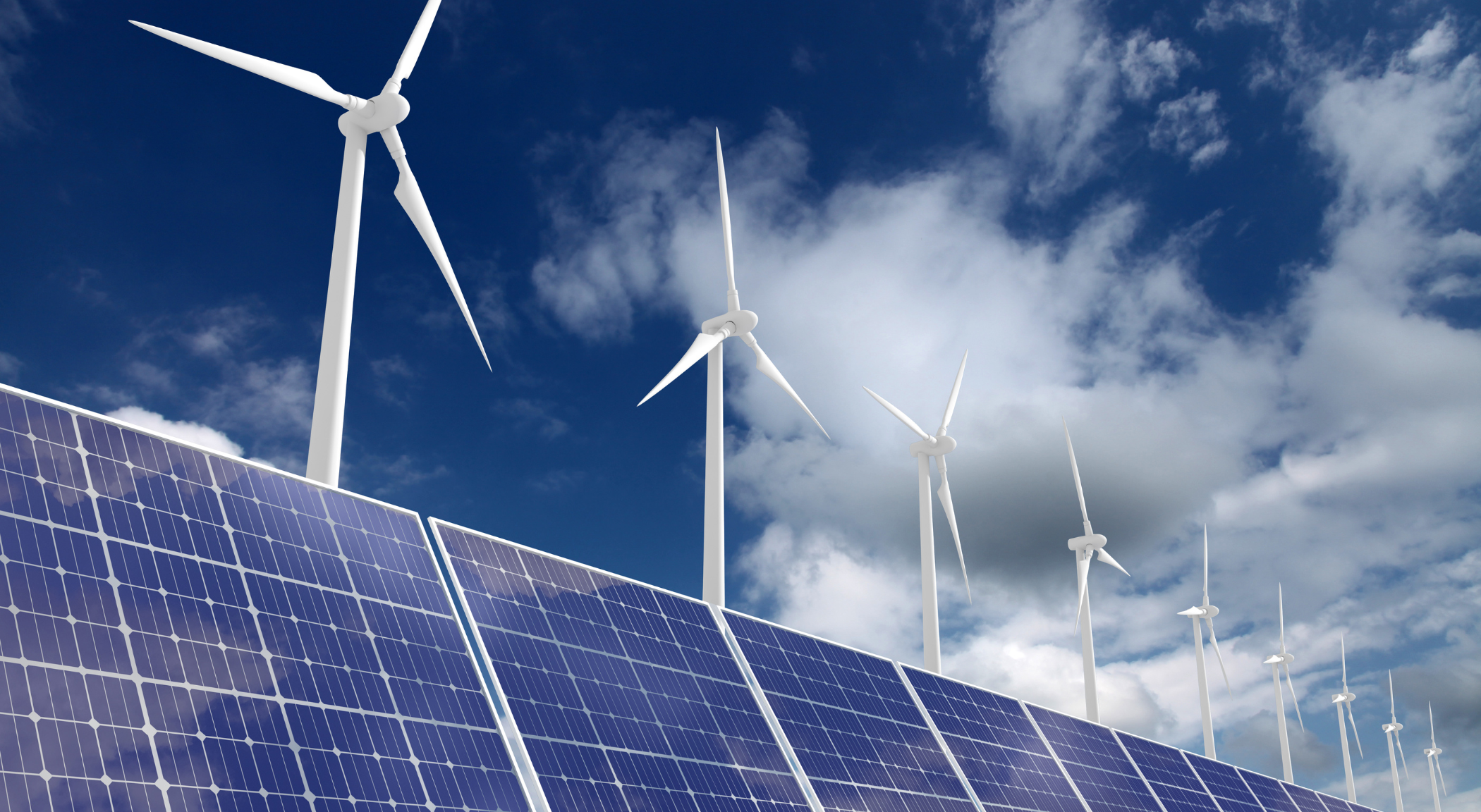Have you ever sat at your desk staring at a computer screen and wondering how you can increase revenue? All the usual ideas pop into your mind: promotions, social media campaigns, and even email marketing.
The more you think about it, the more you believe that email marketing can work well, but you are unsure of where to start; or maybe, you already have some kind of email strategy in place, but the results are underwhelming. This shouldn’t be the case at all!
Email marketing is an important part of every marketing strategy, and one you should prioritise. An email automation platform like Klaviyo can result in faster growth, especially if you use some of the prebuilt features like Klaviyo email flows.
Here’s what Emmett Gallagher, our Klaviyo expert at Warbble, has to say about email marketing:
“Email marketing continues to be an important revenue stream for our customers. About 30% of their total monthly revenue comes from email marketing. Without an email marketing strategy, you are throwing away money. What can you do with an extra 30% revenue every month?”
What is an email flow?
An email flow describes a series of automated emails that a person receives after taking some kind of action like subscribing to a newsletter or abandoning their online shopping cart. Email flows guide users through a sequence of messages to encourage a specific kind of behaviour.
For example, a new email subscriber may get several emails telling them about the business and giving a discount code to get the person to make a purchase.
Klaviyo email flows can be customised to include time delays between emails like sending the first email an hour after a customer takes an action and sending a second email 24 hours later. Additionally, you can also create multiple paths for the flow to take depending on the behaviour of the customer. For instance, if they make a purchase after the second email, then the third email could thank them; if they haven’t made a purchase, the third email reminds them of their discount code.
Email flows are useful for all businesses because they can be created ahead of time and sent automatically to customers, even if you don’t have the time to do so. When a customer gets a series of emails, they are reminded about your business which could spark action including making a purchase. In this way, email flows can help to increase your content marketing ROI.
Stop wasting time and resources on ineffective email marketing. Our team of Klaviyo experts can help you create winning email flows and campaigns that drive results!
Essential Klaviyo Email Flows
Whether you are new to email marketing or just want to sharpen up your strategy, there are a few essential Klaviyo email flows that can help you see results faster!
The four email flows we will look at are all recommended by Klaviyo because they are impactful. These flows are prebuilt by Klaviyo so it’s easy to put them in place. They also target specific segments of your audience which allows the messages to be received well.
Welcome Flow
The welcome flow introduces new subscribers to your brand with the hopes of converting them into paying customers. It is triggered when someone subscribes to get emails from your business.
In a series of emails for your welcome flow, you can thank customers for signing up and offer them a discount using a unique code. Subsequent emails could tell them more about your business, share frequently asked questions, and provide product suggestions. Remind subscribers about the discount and mention that it’s only valid for a certain period of time to evoke a sense of urgency.
Abandoned Cart Flow
The abandoned cart flow sends emails to customers when they’ve added items into their cart but didn’t checkout successfully. It’s possible that these customers have made previous purchases or they could be subscribers who are yet to make their first purchase.
The abandoned cart flow is important because it is an opportunity to secure a purchase and capture revenue.
Send the first email in this flow soon after the cart is abandoned to remind customers what they have placed in their cart. Later emails in this series should encourage customers to make the purchase. Create a sense of urgency around checkout by telling customers that items in their cart will only be held for a certain amount of time such as 48 hours.
Post-Purchase Flow
The post-purchase flow is designed to thank customers for making a purchase. It shows you care about more than just their money and value their contribution to your business.
Usually, the first email in a post-purchase flow will only show appreciation and give details about the customer’s order such as what they ordered and when they can expect delivery. Use subsequent emails in this flow as an opportunity to introduce customers to related products they might want to buy in the future.
Winback Flow
The winback flow targets customers who have purchased from your business in the past but who haven’t done so for a period of time. You want to win them back and get them to make a purchase again, so you prompt them with an email series after a certain lapse of time, for example, if they haven’t made a purchase in 90 days.
Emails within this flow should convince customers that your business is the right choice for them and that you have the products or services they need. Start by reminding customers about what they purchased previously to see if they will place an order for the same items again. Subsequent emails can be used to answer any questions they might have and to suggest other products they might like based on their purchase history.
It can be useful to include a discount code in a winback flow series. Ensure that the code is only valid for a short time to encourage customers to make a purchase sooner rather than later.
Components of an Email Flow
By this stage, it’s clear that email flows consist of more than only writing and sending emails. It’s also about deciding what triggers email flows and when emails should be sent.
- Trigger: A trigger is an action someone takes that initiates an email flow. For example, it could be subscribing to an email list, making a purchase, entering a competition, or not making a purchase for 60 days.
- Action: An action represents the performance of a specific task. It could be to update information or send out an email.
- Timing: Time delays are placed between actions and assist with scheduling the next action.
- Logic: Logic refers to triggers or conditional splits that allows flows to run along several paths based on criteria and what happened previously.
It’s much easier to think of email flows and these components in diagram form; here’s an example:

How to Setup an Email Flow in Klaviyo
Now that you have an idea of how an email flow is constructed, it’s time to set up your first one in Klaviyo. This video will guide you through the necessary steps:
What Happens Next?
Now that you have set up the basic Klaviyo email flows, it’s time to see how they do. You will need to monitor them over the coming weeks and months, and adjust the flows as necessary to improve performance.
Check Your Analytics
Email flows are only useful if you track their performance and make the necessary changes to get them performing optimally. Klaviyo has built in flow analytics that allow you to check performance at the click of a button. Klaviyo also measures your flow performance in comparison to benchmarks for your industry so that you can know if you are on the right track.
Some of the ways you can check flow performance are with a 30-day analytics snapshot, visual canvas, flow message overview report, recipient activity, and link activity.
Let’s look at a few of these metrics:
- Delivered: The number of people who received a specific flow message in the last 30 days (or whatever number you set it to).
- Skipped: The number of people who did not receive an email because they were filtered out for some reason.
- Open rate: The average number of people who opened the email for a set period of time.
- Click rate: The average number of people who clicked on some part of the message.
- Conversion rate: The average number of people who completed a desired action (like making a purchase) in a set period of time.
- Revenue: The total revenue attributed to the email flow over the last 30 days (or whatever you set it to).
All of these metrics can help you evaluate the performance of each email flow. There are several other metrics offered by Klaviyo which are also useful; you will find the best ones for you over time and depending on your email marketing goals.
Update Your Flows
Just as with anything in business, it will be necessary to review and adjust your email flows. The first iteration lays the groundwork for the flow, but you will have to check it every few months to see how you might be able to improve it.
It could be that the latest email marketing trend uses more imagery or videos, so you change your flows to include these elements. Another possibility is that you’ve changed your strategy and want your email flows to reflect this new direction.
Most importantly, analytics information could reveal problem areas with your flow or highlight poor performance that you need to correct. Generally, you should pick up on this easily if you are looking at flow reports frequently.
Another reason to update your flows is to reflect changing seasons, important holidays, or big events. For example, creating a new version of your flows for Christmas, Father’s Day, or winter. Doing so allows you to capture the audience’s attention in a different way and may result in better performance than the traditional flows. Always remember to change the flows back to their normal look and feel once the holiday or event has passed.
Keep Improving Your Email Marketing
Email flows are one part of email marketing, but it is essential if you want to see consistent returns. As you become more familiar with email flows, consider adding other ones like VIP flows or replenishment flows.
It’s always a good idea to communicate with customers frequently so include a few additional email campaigns throughout the month. Tell your audience what’s happening with your business, if you are having promotions, and about any new products.
Email marketing is an integral part of increasing revenue. Take the time today to evaluate your strategy and make some improvements so that you can see results soon.
Maximise your email marketing ROI with Klaviyo. Let our experienced team help you create high-converting email marketing flows and campaigns.




